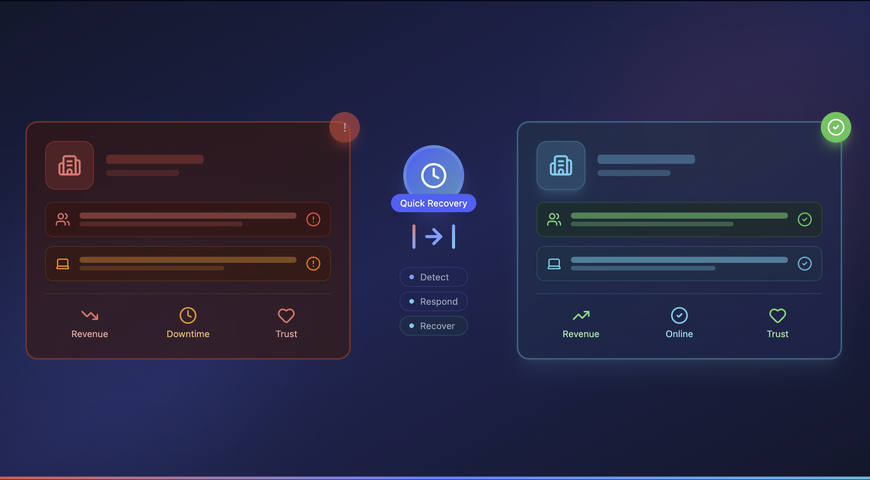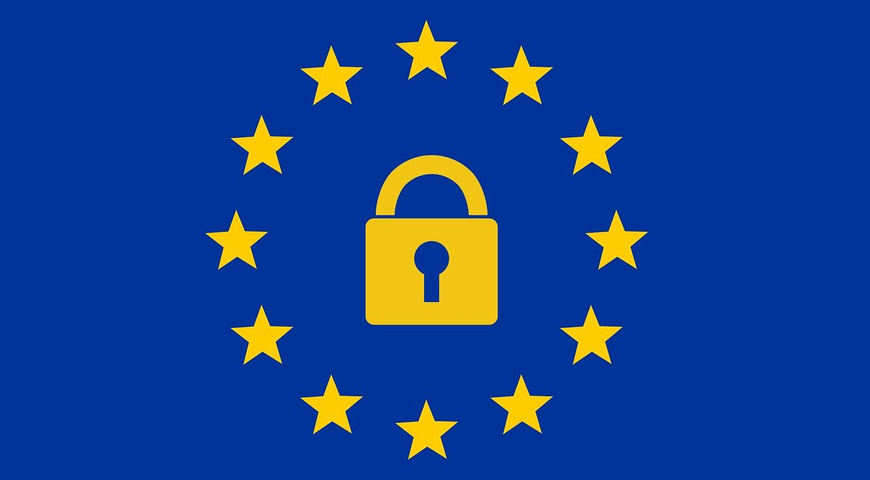It might be tempting to create a “do-it-yourself” disaster recovery solution by purchasing additional hardware and installing it in a branch office or colocation facility. But creating an effective disaster recovery solution is a complex project and there are several unplanned costs and other hidden hazards associated with it. I’ll identify some of these hidden hazards over the next few weeks.
I’ll begin with SAN to SAN replication. Any SAN manufacturer with a clear understanding of storage space has some kind of SAN to SAN replication offer, but not all SAN to SAN replication is alike. When creating an effective DR solution, you have to make several architectural considerations for replicating data between production and DR, including virtualization, application specific agents and snapshot storage requirements.
Once all of these architectural considerations have been addressed, you must bring the copies of each server online. There are several approaches that you can take, depending on the complexity of your servers. This means that thorough documentation must be developed and refined throughout the life and evolution of your DR site. This is an ongoing process and you must also remember to include plenty of time for testing.
Learn more about SAN to SAN replication in nScaled’s white paper The 5 Things That Can Go Wrong With DIY Disaster Recovery: 5 Things That Can Go Wrong With DIY DR
About Acronis
A Swiss company founded in Singapore in 2003, Acronis has 15 offices worldwide and employees in 50+ countries. Acronis Cyber Protect Cloud is available in 26 languages in 150 countries and is used by over 21,000 service providers to protect over 750,000 businesses.



